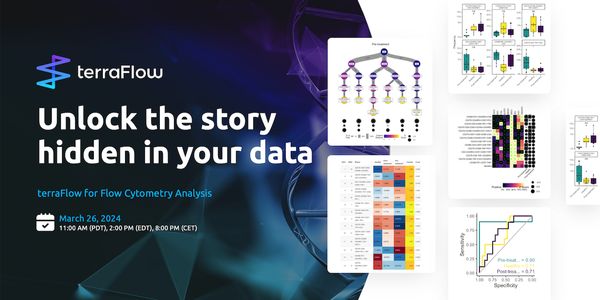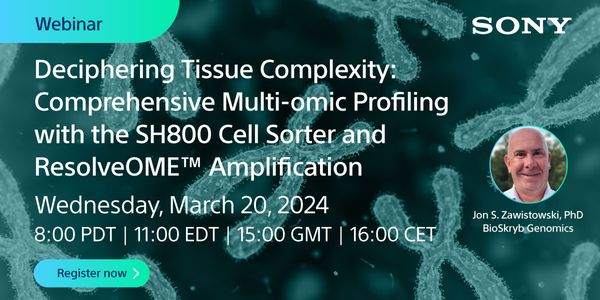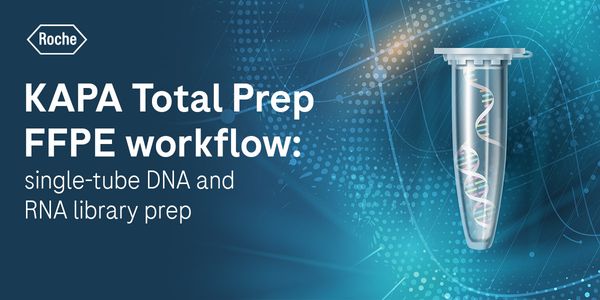Tenured Researcher, Institute of Medical Microbiology and Hygiene, Division for Public Health, a part of the Austrian Agency for Health and Food Safety (AGES)
BIOGRAPHY

AUG 09, 2022 11:00 AM PDT
WEBINAR - FED-AMR - The role of free extracellular DNA in dissemination of antimicrobial resistance over ecosystem boundaries along the food/feed chain
Sponsored by: OpGen, Inc.
Speaker
Event Date & Time
Date: August 9, 2022
Time: 11:00am (PDT), 2:00pm (EDT), 8:00pm (CEST)
Abstract
Antimicrobial resistance (AMR) has emerged as a major health threat. The FED-AMR project part of the One Health European Joint Programme (OHEJP) investigates the relevance of free extracellular (ex)DNA as a source of AMR in agricultural soils and along the food/feed chain by investigating microbial communities, clinically relevant bacteria, contaminants and antimicrobial resistance genes (ARGs) in diverse interconnected ecological compartments across European countries. Results of FED-AMR will contribute to improve methods, surveillance, preparedness, development of strategies and a faster response to AMR threats.
511 samples were collected over a one year crop growing season from 11 different ecological compartments (pig faeces and manure, fertilizer, soil, crops, feed, surface water, waste water, wildlife, farmers) in so-called Open Air Laboratories (OALs) and other agricultural areas and wildlife. Samples were analyzed for microbial diversity using 16S rRNA amplicon sequencing, for ARGs using a gene-enrichment sequencing approach, for the presence of clinically-relevant resistant bacteria, including C. difficile, and for the presence of contaminants that might drive AMR, i.e. antibiotics, pesticides and heavy metals.
Preliminary results show a high genomic diversity of bacterial isolates and a high ARG variability between different countries, different farms and between different compartments. The lowest number of ARG were detected in river water and crops and the highest numbers in wildlife, wastewater sludge and animal feeds.
Final analysis will provide new and detailed information about the role of exDNA as an AMR source, about antimicrobial, microbial- and ARG diversity, and about interactions and factors influencing emergence and spread of AMR and resistant microorganisms in an agricultural environment. The findings will be analyzed to identify critical control points for intervention and reduction of AMR spread and public health risks.
Learning Objectives
- Define novel approaches for the genomic surveillance for AMR pathogens in environmental samples like soil or waste water.
- Explain the relevance of free extracellular (ex)DNA as a potential source of antimicrobial resistance (AMR) in environmental samples.
- Discuss the objectives of the FED-AMR project as a part of the One Health European Joint Programme (OHEJP).
Webinars will be available for unlimited on-demand viewing after live event.
You May Also Like
MAR 26, 2024 | 7:00 PM
C.E. CREDITS
The implementation of a preemptive pharmacogenomics (PGx) program in a hospital setting requires a multidisciplinary approach to ensure seamless integration of each stage of the process for...
Speaker:
Steven Melnick. Ph.D., M.D.
, Dr. David Mancuso, Pharm.D. CPh , MSPM
Sponsored By: Thermo Fisher Scientific
MAR 26, 2024 | 8:00 AM
C.E. CREDITS
The implementation of a preemptive pharmacogenomics (PGx) program in a hospital setting requires a multidisciplinary approach to ensure seamless integration of each stage of the process for...
Speaker:
Steven Melnick. Ph.D., M.D.
, Dr. David Mancuso, Pharm.D. CPh , MSPM
Sponsored By: Thermo Fisher Scientific
MAR 26, 2024 | 11:00 AM
Ever wonder what you’re missing in your data? The sheer complexity of today’s flow and mass cytometry datasets demands automated solutions. Machine learning plugins only provide...
FEB 08, 2024 | 10:00 AM
High-content screening (HCS) is an imaging-based, multi-parametric strategy used in drug development that generates rich datasets through multiplexing strategically chosen fluorescent dyes a...
MAR 20, 2024 | 8:00 AM
Deciphering somatic mosaicism in healthy tissues and clonal diversity in tumors necessitates single-cell analysis. High-quality genomic and transcriptomic data at the single-cell level depen...
FEB 28, 2024 | 10:00 AM
Mariana Kiehl (Sr. Applications Scientist at Roche Sequencing & Life Science) describes the KAPA Total Prep FFPE workflow, a novel single-tube method for combined sequencing of DNA and R...
Loading Comments...
Please update your information
Certificate of Attendance
Thank you for choosing Labroots. Please note that a Certificate of Attendance does NOT count towards Continuing Education Credits.
DOWNLOAD CERTIFICATE
DOWNLOAD CERTIFICATE
You must watch the entire webinar to receive your certificate of attendance.
You must attend the event before receiving your certificate of attendance.
You must register for the event first.
Certificate is no longer available for this event.
You must be logged in to retrieve your certificate.
Finish Registering
Attendees
-
SEP 03, 2024Microbiology Week Virtual Event Series 2024
-
SEP 18, 2024Cell Biology Virtual Event Series 2024
-
SEP 26, 2024Olink Proteomics World
- See More
-
JUL 26, 2024
- See More














































